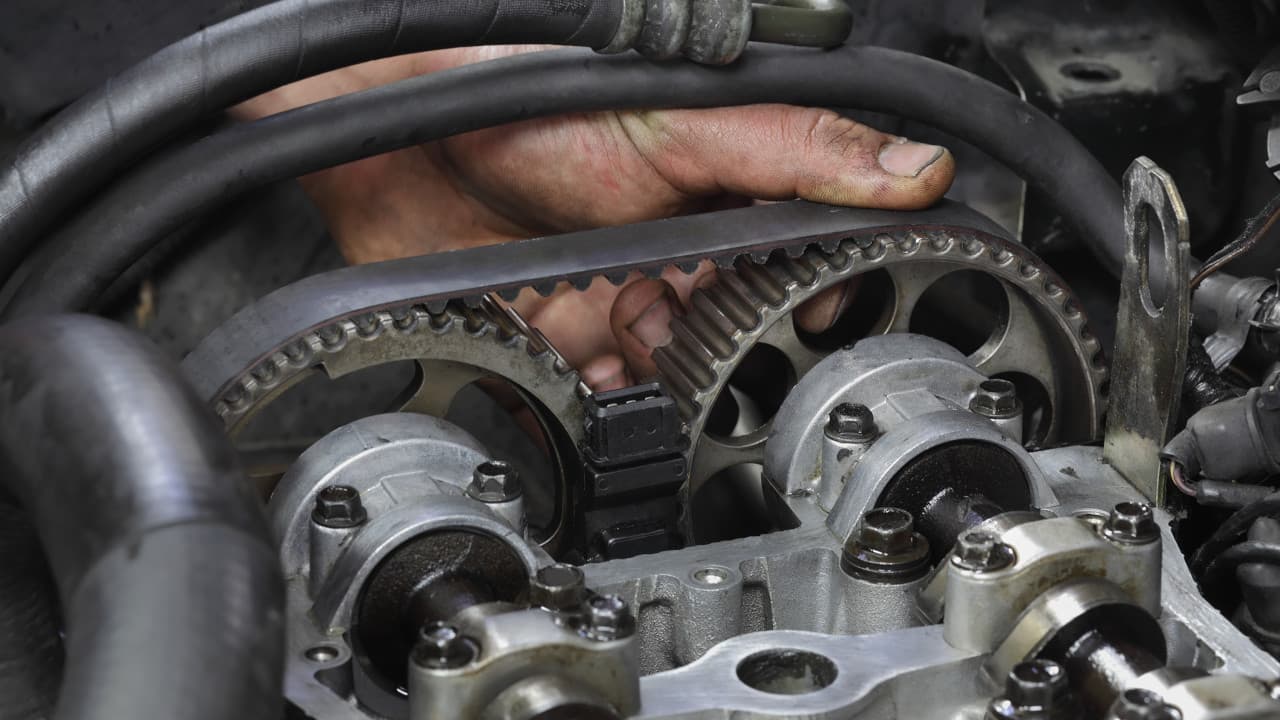- Arabic
- French
- Russian
- Spanish
- Portuguese
- Turkish
- Armenian
- English
- Albanian
- Amharic
- Azerbaijani
- Basque
- Belarusian
- Bengali
- Bosnian
- Bulgarian
- Catalan
- Cebuano
- Corsican
- Croatian
- Czech
- Danish
- Dutch
- Afrikaans
- Esperanto
- Estonian
- Finnish
- Frisian
- Galician
- Georgian
- German
- Greek
- Gujarati
- Haitian Creole
- hausa
- hawaiian
- Hebrew
- Hindi
- Miao
- Hungarian
- Icelandic
- igbo
- Indonesian
- irish
- Italian
- Japanese
- Javanese
- Kannada
- kazakh
- Khmer
- Rwandese
- Korean
- Kurdish
- Kyrgyz
- Lao
- Latin
- Latvian
- Lithuanian
- Luxembourgish
- Macedonian
- Malgashi
- Malay
- Malayalam
- Maltese
- Maori
- Marathi
- Mongolian
- Myanmar
- Nepali
- Norwegian
- Norwegian
- Occitan
- Pashto
- Persian
- Polish
- Punjabi
- Romanian
- Samoan
- Scottish Gaelic
- Serbian
- Sesotho
- Shona
- Sindhi
- Sinhala
- Slovak
- Slovenian
- Somali
- Sundanese
- Swahili
- Swedish
- Tagalog
- Tajik
- Tamil
- Tatar
- Telugu
- Thai
- Turkmen
- Ukrainian
- Urdu
- Uighur
- Uzbek
- Vietnamese
- Welsh
- Bantu
- Yiddish
- Yoruba
- Zulu
Ott . 22, 2024 03:28 Back to list
Exploring the Efficiency of Stepper Motor Belts in Precision Motion Control Systems
Understanding Stepper Motor Belts A Comprehensive Overview
Stepper motors are essential components in various applications, from 3D printers to CNC machines, robotics, and more. Their precision, reliability, and ability to control motion accurately make them a favorite among engineers and hobbyists alike. However, one crucial aspect that can significantly affect the performance of stepper motors is the belt system employed in conjunction with them. In this article, we will explore stepper motor belts, their functionality, advantages, and considerations when selecting them for your project.
What is a Stepper Motor Belt?
A stepper motor belt is a mechanical component that connects the stepper motor to the load it drives. Typically made of durable materials such as rubber, polyurethane, or reinforced with fiber, these belts transmit motion from the motor to other components. They play a critical role in ensuring that the motor's rotational movement is translated effectively to linear movement or other forms of motion that suit the application.
How Do Stepper Motor Belts Work?
Stepper motors operate by dividing a full rotation into distinct steps, each of which corresponds to a precise number of degrees. When connected to a belt system, this stepwise motion is transmitted to move an object linked to the belt, such as a print head in a 3D printer or the cutting tool in a CNC machine. The belt absorbs the torque generated by the motor, allowing smooth motion and enabling intricate designs and movements.
Types of Stepper Motor Belts
There are several types of belts commonly used with stepper motors, each designed for specific applications
1. Timing Belts These are toothed belts designed to work in sync with gears or pulleys. The teeth on the belt mesh with the teeth on pulleys, ensuring accurate motion control without slipping.
2. Flat Belts Flat belts are more straightforward and typically used in applications where high torque and precision are not critical. They can operate quietly and efficiently but may slip under heavy loads.
3. Round Belts Made of rubber or other elastic materials, round belts are used in some unique setups. They have a simple circular cross-section and are often employed in less demanding environments.
4. V-Belts These are shaped like a triangle in cross-section and provide good grip and power transfer. They are typically used where high power transmission is needed over a longer distance.
Advantages of Using Belts with Stepper Motors
stepper motor belt

1. Flexibility in Design Belts can easily change the direction of motion, allowing for more versatile machine layouts. This flexibility enables the development of compact and efficient designs.
2. Reduced Wear and Tear When properly maintained, belt systems can reduce the wear and tear on mechanical components compared to direct coupling, prolonging the lifespan of the system.
3. Noise Reduction Belt drive systems tend to operate more quietly than gear-based systems, making them ideal for applications where noise is a concern.
4. Increased Speed and Torque Depending on the gear ratio used with the belt system, users can achieve higher speeds and greater torque, making it possible to handle heavier loads.
Considerations for Selecting Stepper Motor Belts
Selecting the right stepper motor belt involves several considerations
1. Load Requirements Understand the load that the belt will be required to handle. Different materials and types cater to different load capacities.
2. Precision Needs Determine how precise your application must be, as some belt types reduce accuracy due to slippage.
3. Environmental Conditions Consider the operating environment. Certain materials resist chemicals, heat, and moisture better than others.
4. Installation Space Available installation space can dictate belt type and size, influencing motion efficiency.
Conclusion
In conclusion, the choice of stepper motor belts can significantly impact the effectiveness and efficiency of your application. Understanding the various types of belts, their functionalities, and the specific needs of your project will help ensure optimal performance and longevity of your stepper motor systems. Whether for industrial machinery or personal DIY projects, the right belt choice is pivotal for success.
-
Korean Auto Parts Timing Belt 24312-37500 For Hyundai/Kia
NewsMar.07,2025
-
7PK2300 90916-T2024 RIBBED BELT POLY V BELT PK BELT
NewsMar.07,2025
-
Chinese Auto Belt Factory 310-2M-22 For BMW/Mercedes-Benz
NewsMar.07,2025
-
Chinese Auto Belt Factory 310-2M-22 For BMW/Mercedes-Benz
NewsMar.07,2025
-
90916-02660 PK Belt 6PK1680 For Toyota
NewsMar.07,2025
-
drive belt serpentine belt
NewsMar.07,2025

